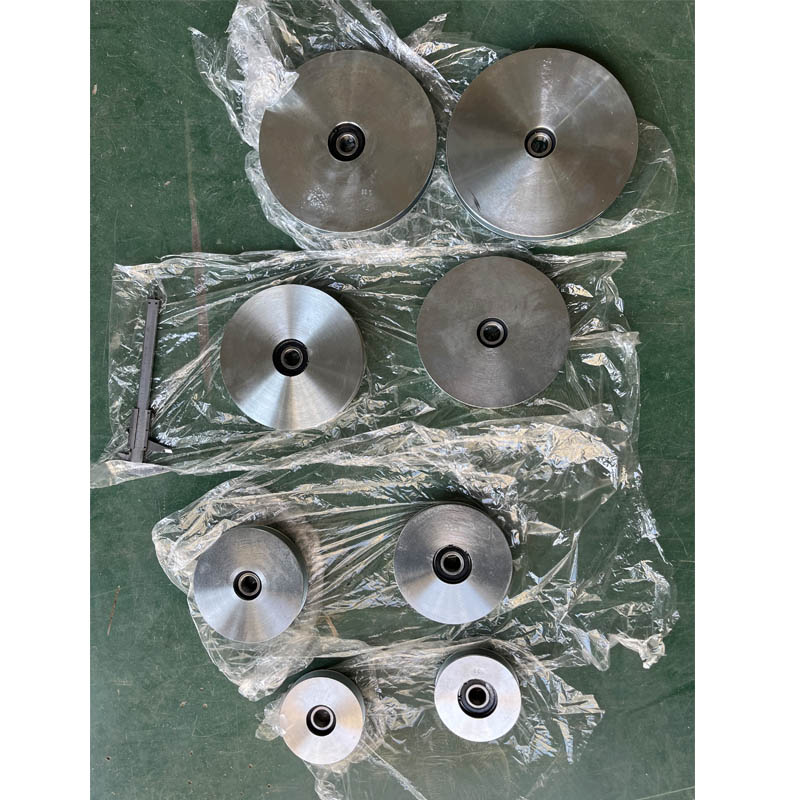Power Frequency Spark Tester Suppliers and Exporters for High Voltage Testing Solutions
Understanding Power Frequency Spark Testers and Their Export Market
Power frequency spark testers, also known as dielectric strength testers or insulation testers, play a crucial role in ensuring the safety and reliability of electrical equipment. These instruments are used to perform high voltage tests to assess the insulation quality of various electrical components, such as transformers, generators, and cables. The spark tester works by applying a high voltage (typically at power frequency) across the insulation to ensure it can withstand potential overvoltage conditions without breaking down.
The Mechanism of Power Frequency Spark Testers
The fundamental working principle of a power frequency spark tester involves generating an alternating current (AC) voltage at a standard power frequency of 50 or 60 Hz. This voltage is applied across the insulation under test. If the insulation quality is adequate, it will withstand the applied voltage without any breakdown or flashover. A breakdown indicates the insulation has failed, highlighting the need for repair or replacement before the equipment can be safely put into operation.
The spark tester typically measures the breakdown voltage, which is the point at which the insulation fails. The tester may also provide additional data such as capacitance and leakage current, allowing for a comprehensive assessment of insulation integrity. The ability to perform these tests is vital for manufacturers of electrical equipment, as it directly impacts safety, performance, and longevity.
The Importance of Compliance and Quality Assurance
In many industries, compliance with safety and quality standards is a legal requirement. Power frequency spark testers help organizations demonstrate that their products adhere to these standards. Regular testing allows manufacturers to identify and rectify insulation issues before the products reach the market, reducing the risk of electrical failures that could lead to equipment damage, operational downtime, or even accidental injuries.
With the growing focus on safety and reliability in industries such as automotive, aerospace, and renewable energy, the demand for reliable power frequency spark testers has surged. As a result, manufacturers are increasingly focusing on upgrading their testing techniques to improve accuracy and enhance their testing capabilities.
The Export Market for Power Frequency Spark Testers
power frequency spark tester exporters

As the demand for power frequency spark testers continues to rise, so does the interest from exporters looking to share these essential devices across global markets
. Several factors contribute to the growth of the export market for spark testers.1. Increased Global Demand Rapid industrialization and urbanization in emerging economies have led to significant investments in infrastructure, energy, and manufacturing. This creates a heightened need for electrical safety compliance, driving the demand for spark testers.
2. Technological Advancement Modern spark testers are equipped with advanced features such as programmable test sequences, user-friendly interfaces, and integrated data logging capabilities. These innovations make the devices more appealing to international buyers looking for proficiency and ease of use.
3. Regulatory Compliance Many countries require specific testing equipment to meet their national electrical safety standards. Exporters of power frequency spark testers can benefit significantly by ensuring their products comply with international safety regulations, thus opening doors to broader markets.
4. Growing Awareness With the increases in electric vehicle production and renewable energy projects, industries are becoming more aware of the importance of reliable insulation testing. This heightened consciousness fosters a growing market for reliable testing equipment.
Challenges in the Export Market
Despite the promising outlook, exporters of power frequency spark testers face certain challenges. Stringent regulations regarding the import of electrical testing equipment can vary significantly between countries, requiring exporters to navigate complex legal landscapes. Moreover, competition from established local manufacturers may present barriers for new entrants.
Conclusion
In conclusion, power frequency spark testers are indispensable devices that ensure electrical safety and reliability. As global demand for these instruments continues to rise, the export market presents lucrative opportunities for manufacturers and exporters alike. By embracing innovation and adhering to international standards, businesses can position themselves to thrive in this competitive landscape, ultimately contributing to safer electrical systems worldwide.
-
Why the Conductor Resistance Constant Temperature Measurement Machine Redefines Precision
NewsJun.20,2025
-
Reliable Testing Starts Here: Why the High Insulation Resistance Measuring Instrument Is a Must-Have
NewsJun.20,2025
-
Flexible Cable Flexing Test Equipment: The Precision Standard for Cable Durability and Performance Testing
NewsJun.20,2025
-
Digital Measurement Projector: Precision Visualization for Modern Manufacturing
NewsJun.20,2025
-
Computer Control Electronic Tensile Tester: Precision and Power for the Modern Metal Industry
NewsJun.20,2025
-
Cable Spark Tester: Your Ultimate Insulation Assurance for Wire and Cable Testing
NewsJun.20,2025
 Copyright © 2025 Hebei Fangyuan Instrument & Equipment Co.,Ltd. All Rights Reserved. Sitemap | Privacy Policy
Copyright © 2025 Hebei Fangyuan Instrument & Equipment Co.,Ltd. All Rights Reserved. Sitemap | Privacy Policy
